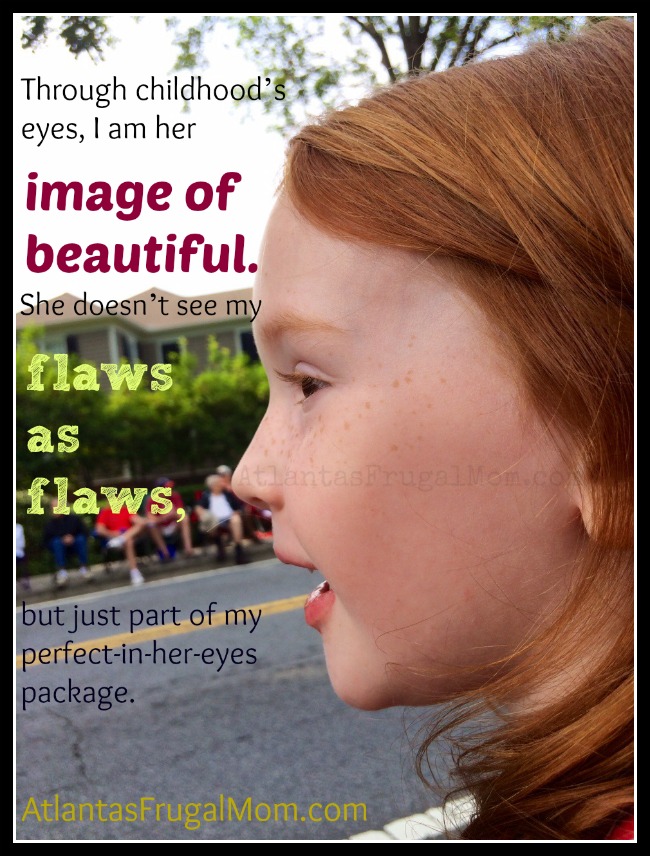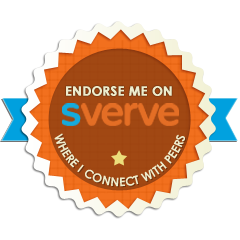
As a preschool teacher, I’m frequently asked about ways to help facilitate learning and growth at home, particularly what activities for young preschoolers can parents work on at home. During spring conferences with my two-year-old class’s parents, this question is second only to questions regarding potty training. Trust me, I get how long these summer days can be, and being able to fill your child’s days with meaningful, age-appropriate activities can make or break your summer. (or winter break. Or spring break. Or ….Tuesday!) So what are some activities for your young preschooler, or any time of the year, to do at home?
Summer Activities for Young Preschoolers
(…..or anytime, really!)
- Books, books, books – keep reading to your child. You already know there’s plenty of good reasons to read to your child, but did you know you can also incentivize reading this summer through your local library? There are many great reading programs, even for the youngest readers, that offer free books and prizes for reading. Check with your local library for details on how you can participate this summer.
- Water/sand table – check out all the wonderful ways you can use them. Spoiler alert: you can use much more than sand and water in them! If you’re feeling especially brave, invest in sensory table activities.
- Dig in the dirt – let your child spend ample time outside, exploring the world around them. Give them some basic kid-friendly tools, like a kid-sized shovel, bucket, and maybe even a bug catcher and see what they come up with. My son has spent hours and hours drilling in our yard with one of these.
- Keep talking – I’m frequently asked how to “teach” colors, shapes, numbers, and the alphabet. The truth is, I don’t, at least not in a formal sense at this young age. We work these concepts organically in to conversations. For example, when you sit down to color with your child, ask him to pass you the blue crayon and see if they can do so. Remark about the red shirt little sister is wearing, or the yellow house next door, and so on.
- Bust out the playdough on a rainy day. Better yet, let your child help you create his very own batch of playdough! Pinterest is filled with great playdough recipes. Playdough is a great way to give those little hands proper “exercise” to build fine motor skills. Let them first use only their fingers and hands to manipulate the playdough (we call it “waking it up”) – show them how to roll the playdough between the palms of their hands, or how to make a snake. Then offer a few toys to keep it fun, like kid-sized rolling pins, kid-sized “pizza cutters”, cookie cutters, playdough scissors, and ….well, really any playdough toy would work here. Feeling adventurous? Add texture to the playdough, using sand or salt. Afraid of the mess? Have a designated area for playdough, and establish that playdough is only used in this area. Also, teach your child to keep it on a shallow tray, like this one. Giving them a visual for the playdough’s boundaries will help them understand where it goes. Also, you can teach your child how to pick up those tiny little pieces of playdough with playdough itself. 🙂
- As for the alphabet, let your child’s interest lead you. Always try to work this organically in to conversation or an activity, don’t force it.
- If your child is working on recognizing/naming the letters of the alphabet, then start with the letters of their name. Let them play with shaving cream in the tub, and show him how to write the letters of his name, saying the name of each letter as you write them. Alphabet puzzles or magnetic letters are a great staple to have on hand.
- If your child knows the names of the letters of the alphabet already, then you can gently work on the sound that each letter makes. If your child points out a “t” in environmental print, you can take that a step further by saying “yes, ‘t’ says /t/ like ‘turtle’.” Always attach a keyword for reference when introducing letter-sound correspondence.
- Regardless of where your child is with the alphabet, you can start to introduce the concept of rhyming to your child. While this concept will be slightly ahead of what’s age-appropriate for young 3s, it can be a fun thing to play around with. (And sometimes the word play children come up with will simply tickle your funny bone in the process.)
- Go outside and play. Call up a few friends and meet for a playground picnic. Give them the opportunity to play with their friends, and maybe you can enjoy a few moments of grown up talk, as well! Enjoy a dip at the neighborhood pool.
- Let them play and be kids! Sometimes the most fun is born from boredom. It’s ok to let your child be bored, in fact, they SHOULD have some down time where things aren’t structured and scheduled, and they are left to their own creative devices.
That’s the long and short of it, folks. What further suggestions would you have for activities for young preschoolers and their parents to do at home?
Keep on saving! :o)--Barbara
**Remember, y'all, this post may contain affiliate links. I receive a small amount of compensation when you purchase from my links, which I"ll totally blow on waffle fries and sweet tea, y'all!**











